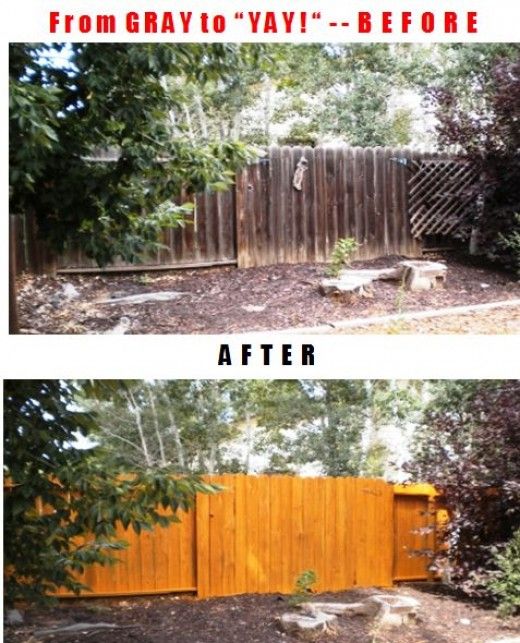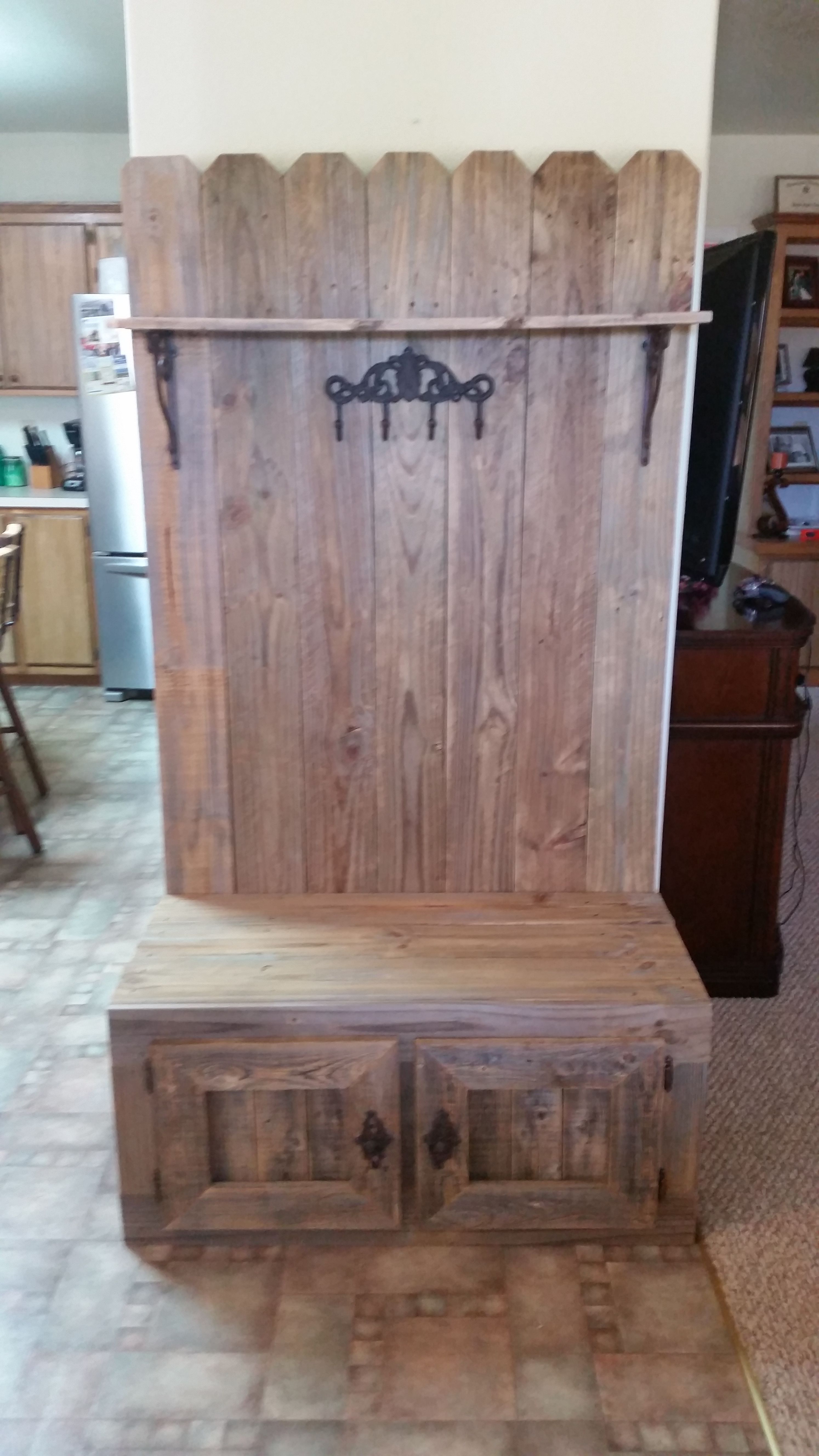How To Stain Old Wood Fence

Applying wood stain to the slats improves its design and prolongs the lifespan.
How to stain old wood fence. Use a 4 inch wide trim roller to stain narrow surfaces and to cut in around fence boards. A test sample is the best way to ensure a satisfactory result. Older wood fences may have mold mildew dirt and other debris on them that may affect how well the wood absorbs the wood stain. Move the sprayer vertically to apply stain with the wood grain on the fence.
I really wanted to replace the whole fence but to save on costs we thought we could upgrade it by replacing the lattice and try removing the old stain and paint it with a new stain. Before applying the fence stain be sure the fence is dry. To prep a wood fence before staining the required pressure of your washer should be at least 2500 psi in order for it to actually remove any dirt particles attached to the wood. Look for samples on cedar at the paint store or bring in your own piece of wood to test.
Make sure the stain contains ultraviolet inhibitors which will slow down bleaching by sunlight and a mildewcide to slow fungal growth. Whether your wooden fence is years old or newly installed it can benefit from a single inexpensive addition. Oil based stains last much longer. If so clean the fence a couple of days before you plan to stain it.
Apply stain to broad surfaces using a inch nap roller. The stain was orange and worn and we recently replaced the lattice that was on top typical of prefab fence panels. This can make your old fence look as good as new and you will be able to see the effects almost immediately. Even when this stain grows old it doesn t produce the same kind of cracking and chipping that water based stains can produce.
Of course you will want to make sure to test your stain either on a piece of scrap wood or a portion of the fence that nobody ever sees. How to clean a wood fence with a pressure washer.














































